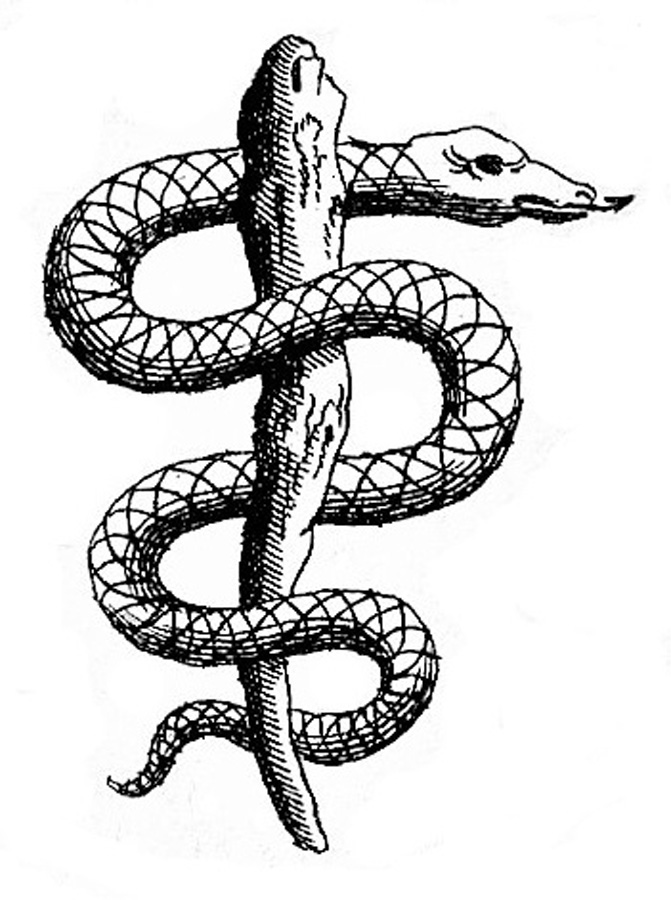first edition Marbled paper covered boards, leather spine
1845 · Strasbourg
by Joly, Nicolas and Lavocat, Achille
Strasbourg: Berger-Levrault, 1845. First edition.
1845 FIRST COMPREHENSIVE HISTORY AND ANATOMY OF THE GIRAFFE ILLUSTRATED WITH FINE LITHOGRAPHIC PLATES BY TWO ZOOLOGISTS FROM TOULOUSE, FRANCE.
12 inches tall hardcover, marbled paper-covered boards, leather spine with gilt title, bookplate of NSR Maluf MD to front paste-down, marbled endpapers, [4], 124 pp, 17 lithographed plates. Light wear to cover edges, browning to title page and acknowledgment page, very light foxing of last 5 plates, very good in custom archival mylar cover. French language text. 14 copies Worldcat.
NICOLAS JOLY (1812 - 1885) was a French zoologist from Toulouse. In 1830, he moved to Montpellier, where he taught German and earned a degree in Natural Sciences. In 1842, following the departure of Armand de Quatrefages to Paris, he was appointed to the Chair of Zoology of the Faculty of Sciences of Toulouse, where he taught for 36 years. In 1857 he became lecturer of anatomy and physiology at the Preparatory School of Medicine and Pharmacy of Toulouse. In 1870, he was appointed professor of physiology and in 1878 he retired as professor emeritus.
ACHILLE LAVOCAT (born 1817) was Chief of Anatomy, Royal Veterinary Hospital of Toulouse. In a page of acknowledgments, the authors express their appreciation to the city of Toulouse and the Society of the Museum of Natural History of Strasbourg for providing them with the means to study the anatomy of "one of the most rare and unusual animals to leave the hands of the Creator." The animal was transported to Toulouse in 1843, and died the following year. The mayor of Toulouse presented the carcass to the authors, who dissected it over the ensuing 3 weeks, and a local taxidermist prepared the skin and skeleton for a display that remains a centerpiece of the Toulouse museum to the present day. The detailed plates depict not only the animal's anatomy of its musculoskeletal system and internal organs, but also representations of the giraffe through history. The text includes the most comprehensive bibliography of the biology and history of the giraffe available at the time. (Inventory #: 1320)
1845 FIRST COMPREHENSIVE HISTORY AND ANATOMY OF THE GIRAFFE ILLUSTRATED WITH FINE LITHOGRAPHIC PLATES BY TWO ZOOLOGISTS FROM TOULOUSE, FRANCE.
12 inches tall hardcover, marbled paper-covered boards, leather spine with gilt title, bookplate of NSR Maluf MD to front paste-down, marbled endpapers, [4], 124 pp, 17 lithographed plates. Light wear to cover edges, browning to title page and acknowledgment page, very light foxing of last 5 plates, very good in custom archival mylar cover. French language text. 14 copies Worldcat.
NICOLAS JOLY (1812 - 1885) was a French zoologist from Toulouse. In 1830, he moved to Montpellier, where he taught German and earned a degree in Natural Sciences. In 1842, following the departure of Armand de Quatrefages to Paris, he was appointed to the Chair of Zoology of the Faculty of Sciences of Toulouse, where he taught for 36 years. In 1857 he became lecturer of anatomy and physiology at the Preparatory School of Medicine and Pharmacy of Toulouse. In 1870, he was appointed professor of physiology and in 1878 he retired as professor emeritus.
ACHILLE LAVOCAT (born 1817) was Chief of Anatomy, Royal Veterinary Hospital of Toulouse. In a page of acknowledgments, the authors express their appreciation to the city of Toulouse and the Society of the Museum of Natural History of Strasbourg for providing them with the means to study the anatomy of "one of the most rare and unusual animals to leave the hands of the Creator." The animal was transported to Toulouse in 1843, and died the following year. The mayor of Toulouse presented the carcass to the authors, who dissected it over the ensuing 3 weeks, and a local taxidermist prepared the skin and skeleton for a display that remains a centerpiece of the Toulouse museum to the present day. The detailed plates depict not only the animal's anatomy of its musculoskeletal system and internal organs, but also representations of the giraffe through history. The text includes the most comprehensive bibliography of the biology and history of the giraffe available at the time. (Inventory #: 1320)















![100+ ANATOMIC ENGRAVINGS. Thomae Bartholini anatome ex omnium veterum recentiorumque observationibus : imprimis institutionibus b. m. parentis Caspari Bartholini, ad circulationem Harvejanam, et vasa lymphatica quartum renovate, cum iconibus novis & inducibus [The anatomy of Thomas Bartholin comprising all the early and current observations: including the work of the father Caspar Bartholin, the circulation of Harvey, and the fourth revision of the lymphatic vessels, with new illustrations and descriptions]](https://d3525k1ryd2155.cloudfront.net/h/290/807/1666807290.0.m.jpg)